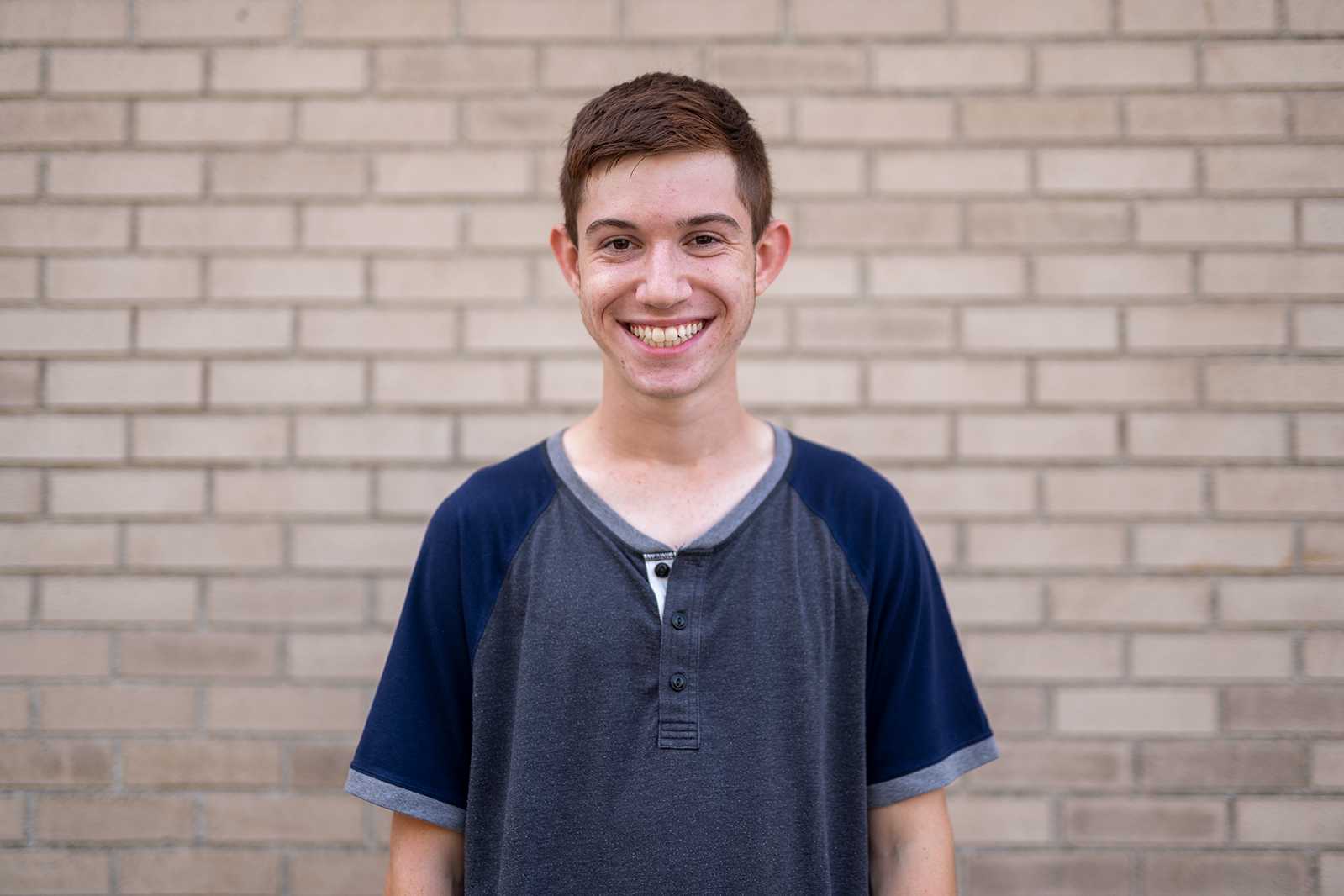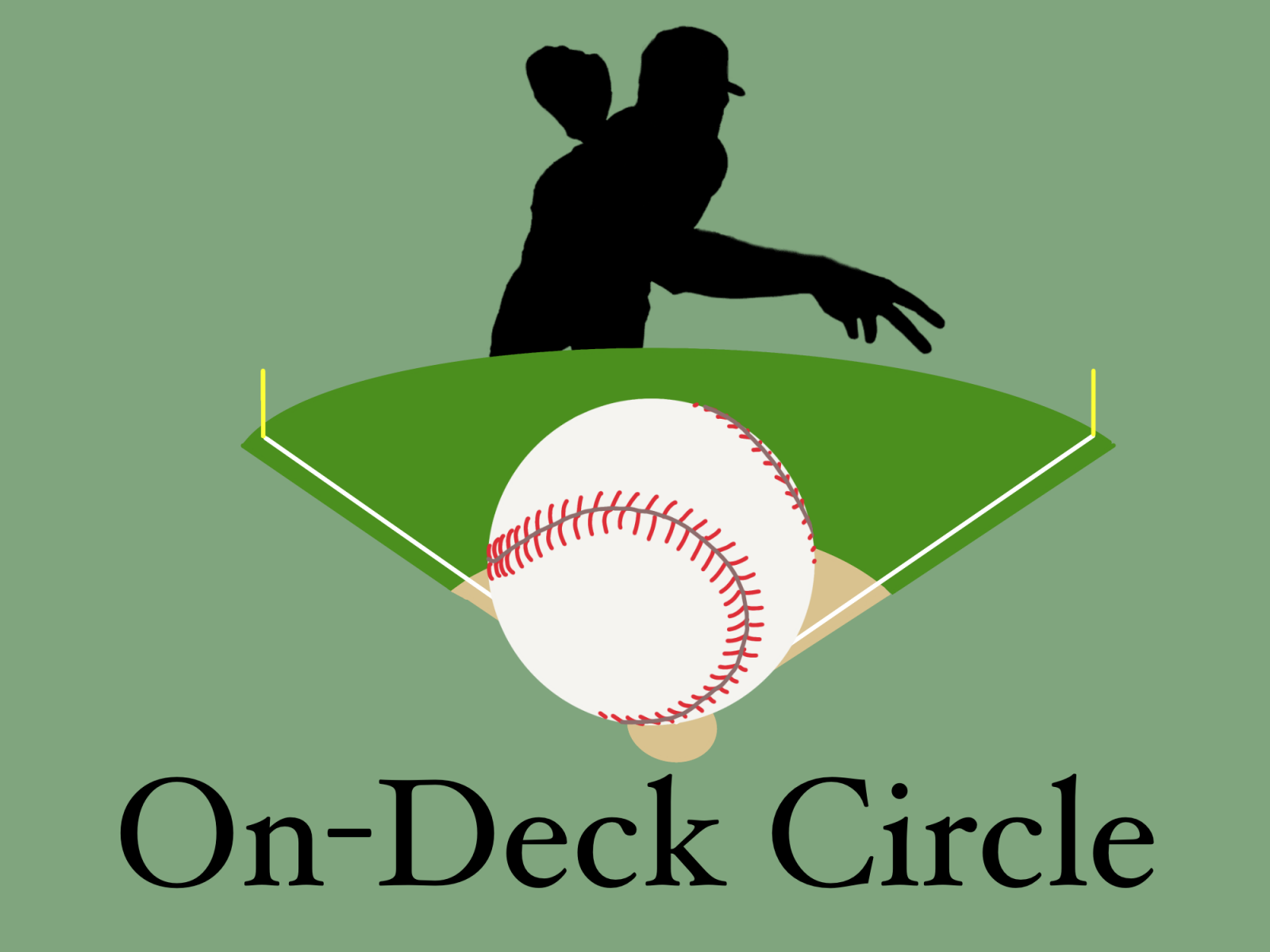Another January in the baseball world has come and gone, meaning another Baseball Writers’ Association of American Hall of Fame Vote has passed with it.
However, the 2021 vote is the ninth year in history — since 2013 — to feature zero inductees. With that in mind, here are the highlights and lowlights, plus the disgraceful trends that persisted in the 2021 HOF vote.
The first positive takeaway from this vote comes for third baseman Scott Rolen and reliever Billy Wagner. Since last year’s vote, these two players netted vote increases of 18 and 15 percent, respectively. While neither sits anywhere close to the required 75 percent threshold needed for HOF status yet, neither player is even at 55 percent. That much progress for two returning players deserves due attention.
Another positive of this year’s vote is the majority of players on the ballot for the first time last year didn’t receive the five percent vote needed to remain on the ballot in 2022. This trend in the voting process, unlike the ones to be discussed later, does the service of weeding out those who should just be happy to be considered.
While this point is definitely more cynical, the fact of the matter cannot be understated: None of the players knocked off the ballot had a shot or deserved to come close — Nick Swisher, Michael Cuddyer, Dan Haren, Shane Victorino, A.J. Burnett, Barry Zito, LaTroy Hawkins and Aramis Ramirez deserved the one-and-done treatment.
But this year’s vote was not without its faults, the first being that former second baseman Jeff Kent continues to idle around 30 percent in the vote. Kent’s induction makes more sense over anyone else on the ballot. Kent has hit more home runs than any other second baseman in history, and he ranks No. 3 in RBIs and No. 13 in hits for that position.
Of the twelve second basemen above Kent in the hits department, only two — Robinson Cano and Julio Franco — are not enshrined in Cooperstown. On top of all of these accomplishments, Kent also reached five all-star games and won the 2000 National League Most Valuable Player Award. Had he debuted younger than age 24, Kent’s candidacy would only grow, but he now needs almost half of the BBWAA to change its mind about him.
The “ugly” result from the 2021 vote came from Curt Schilling’s total — he was at the top of the vote count at 71 percent. His story on the ballot is this generation’s greatest duality between elite on-field production and ill-received off-field personality. While Schilling does not possess the hardware of other pitchers at his level, he does have more than 3,000 strikeouts and three rings — and is one of five pitchers with at least 3,000 punch outs and fewer than 1,000 walks.
Schilling made it clear he does not wish to delay the inevitable, and has requested be taken off the ballot before his tenth and final year in 2022. He is fed up with the process and the voters do not seem convinced enough to overlook his controversial statements to elect him to the Hall.
After gaining 10 percent from 2018 to 2019, and then again from 2019 to 2020, Schilling’s vote tally stalled with a 1.1 percent rise in 2021. One of the best and more clutch pitchers from the 1990s and 2000s will need a special committee to vote him in down the line as the verdict on Schilling seems set in stone at just short.
This incident necessitates a discussion about the BBWAA’s voting process. Over the last decade, players who earned a spot typically fell into one of three categories: 1) first-ballot candidates who made it in year one, 2) first-ballot players who got in after two to four years and 3) fringe candidates who sit on the ballot for 10-15 years.
The good news is that many players, such as Ken Griffey Jr. in 2016 and Mariano Rivera in 2019, have fit into category one. Additionally, many deserving players such as Roberto Alomar, Vladimir Guerrero and Trevor Hoffman made it in as category two players.
However, the tragedy of the voting process is two-fold. There are players such as Mike Mussina, Jeff Bagwell and Mike Piazza who have spent several years on the ballot and have strong cases for induction, yet had to wait years for their call. Mussina has 82.8 wins above replacement, Bagwell with 79.9 WAR and nearly 450 HRs and Piazza with the most HRs and highest career OPS for non-active catchers.
The sadder tragedy comes from players such as Larry Walker, Tim Raines and Edgar Martinez who all had to wait ten years to make it in. Pitcher Bert Blyleven even spent 14 years — equivalent to two-thirds of his pitching career — waiting for enough voters to change their mind.
The point here is that voters need to be more decisive and players need fewer years of eligibility— perhaps only five — on the ballot. Too many cases have come to light recently where voters take way too long to change their minds on a player, keeping them on hold for years while their career stats and characters remain the same. If the 10-year players are truly deserving of a plaque in Cooperstown, voters should make this opinion clear sooner: It should never take that long to get the call.
























































































































